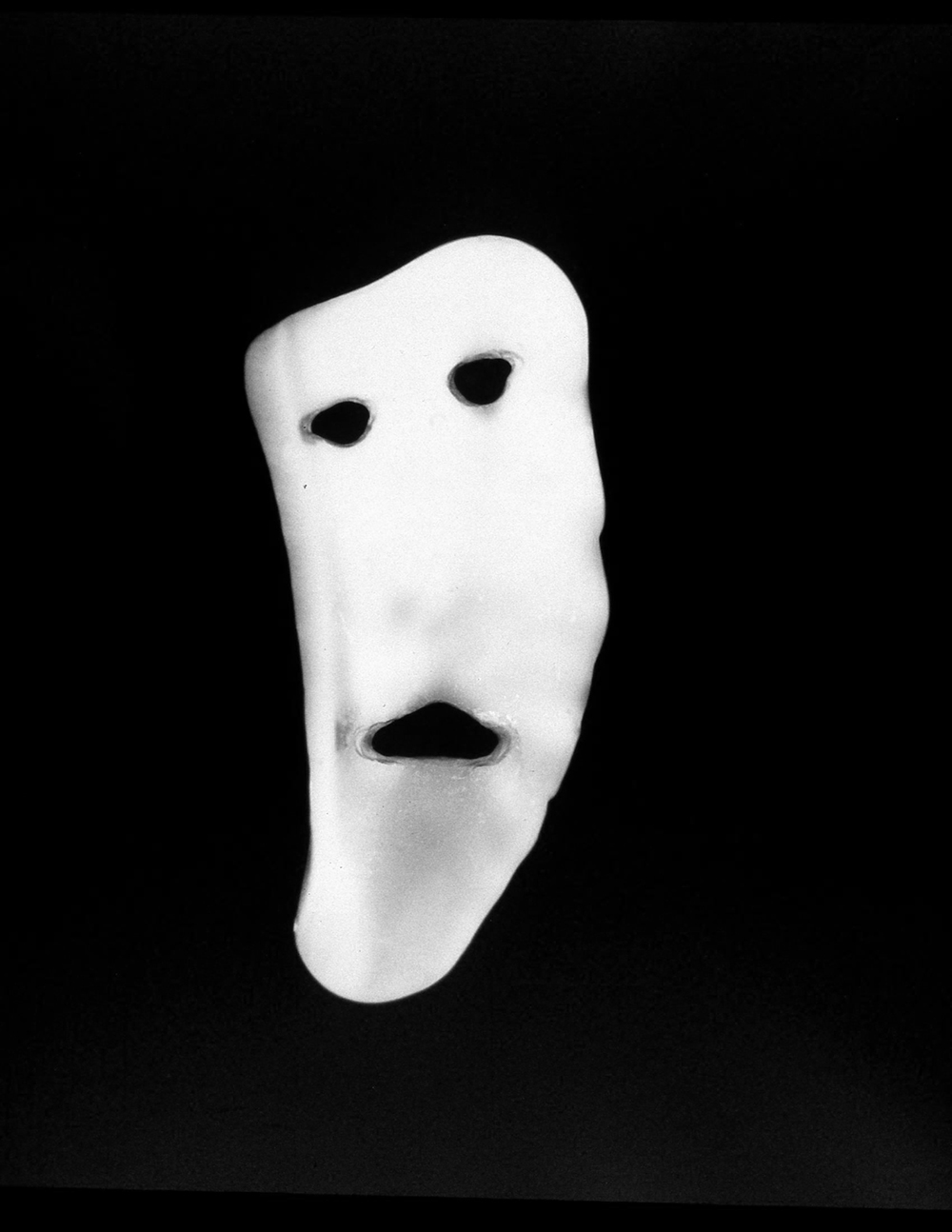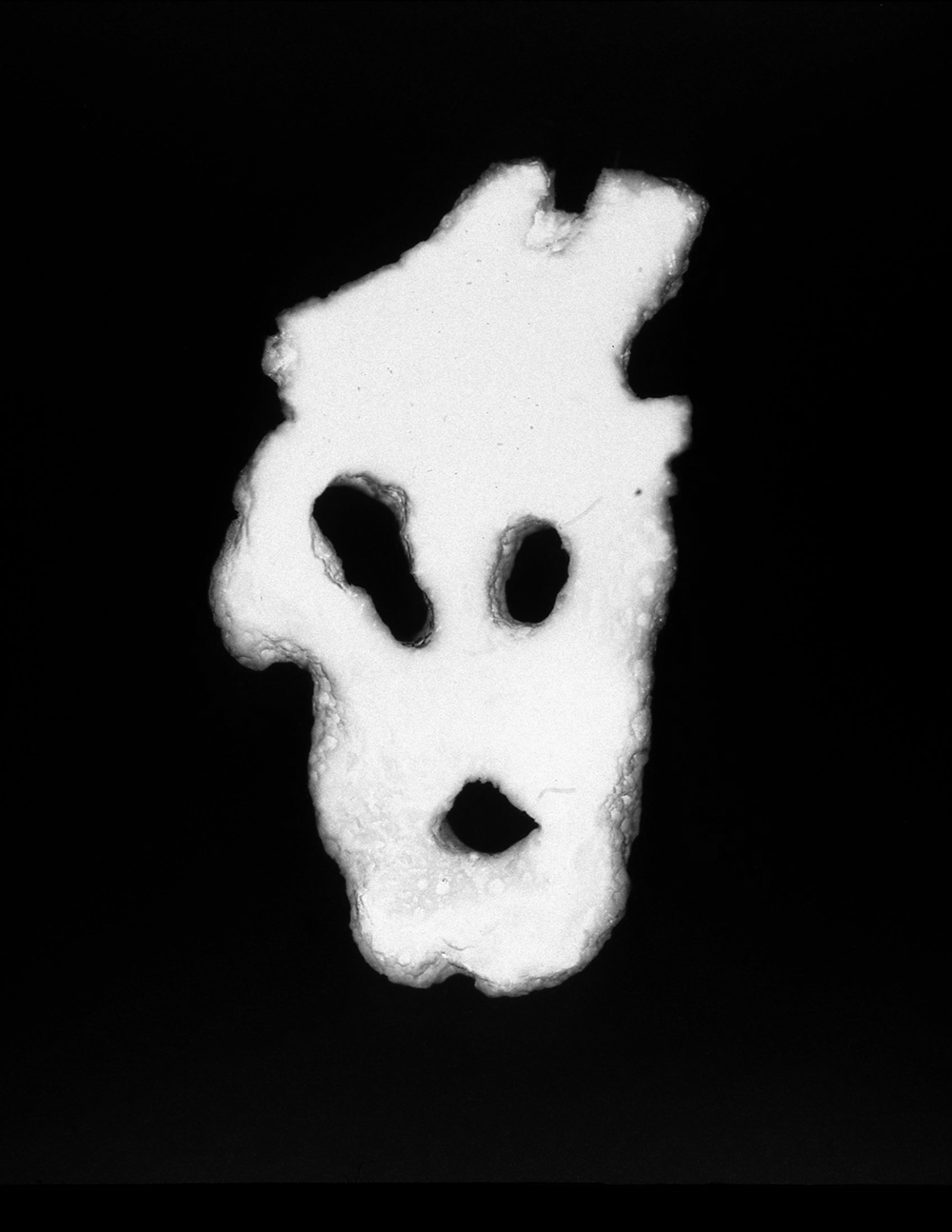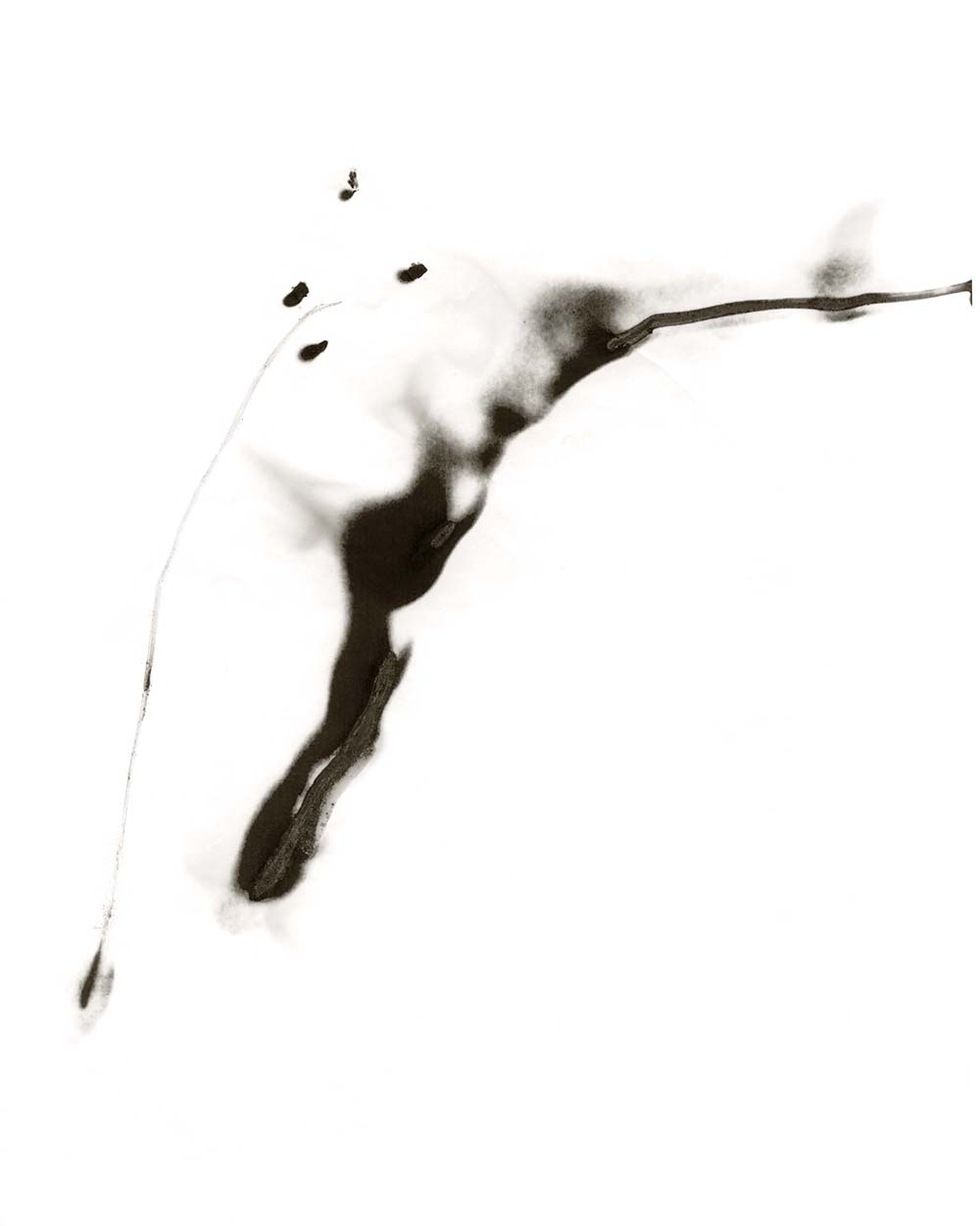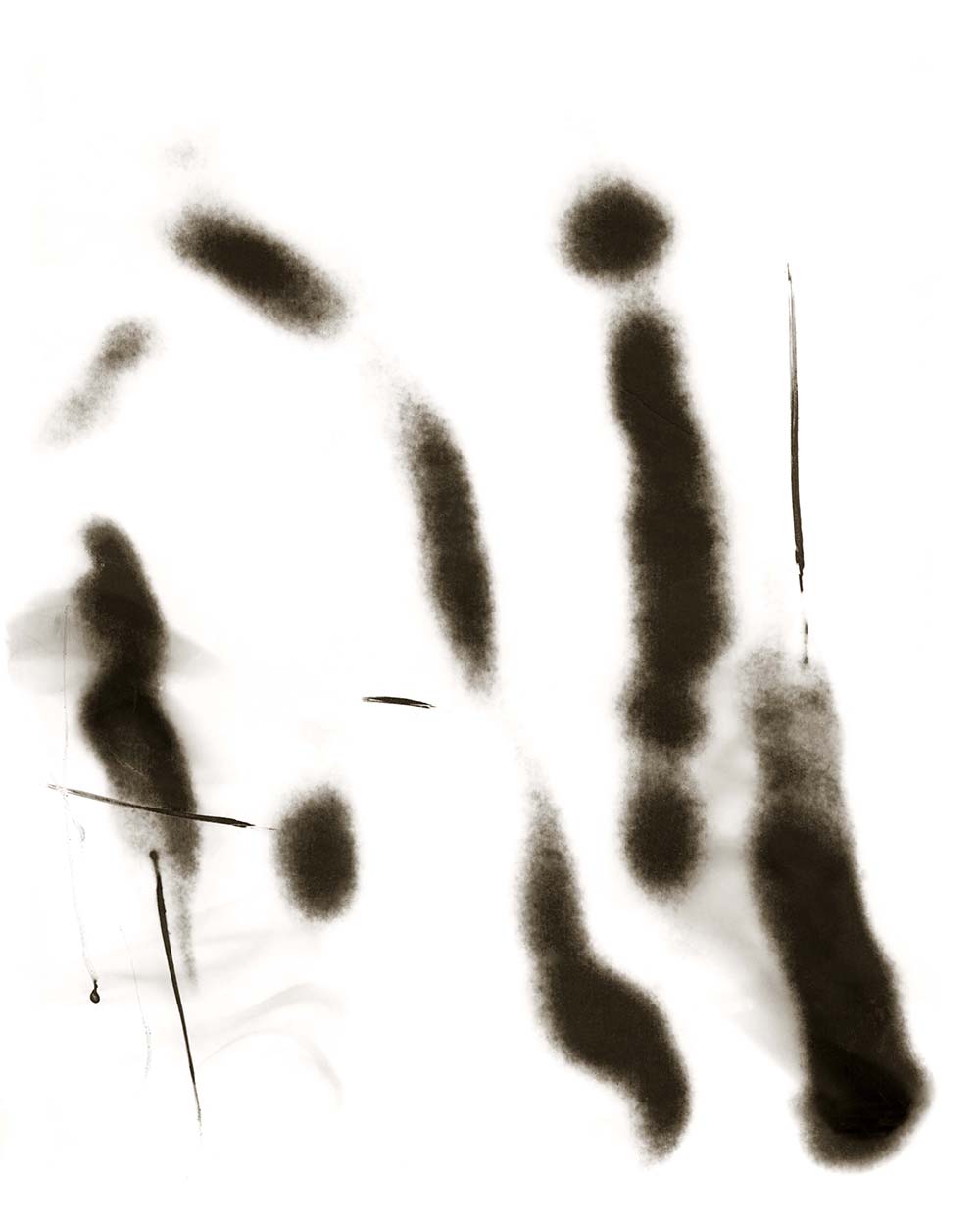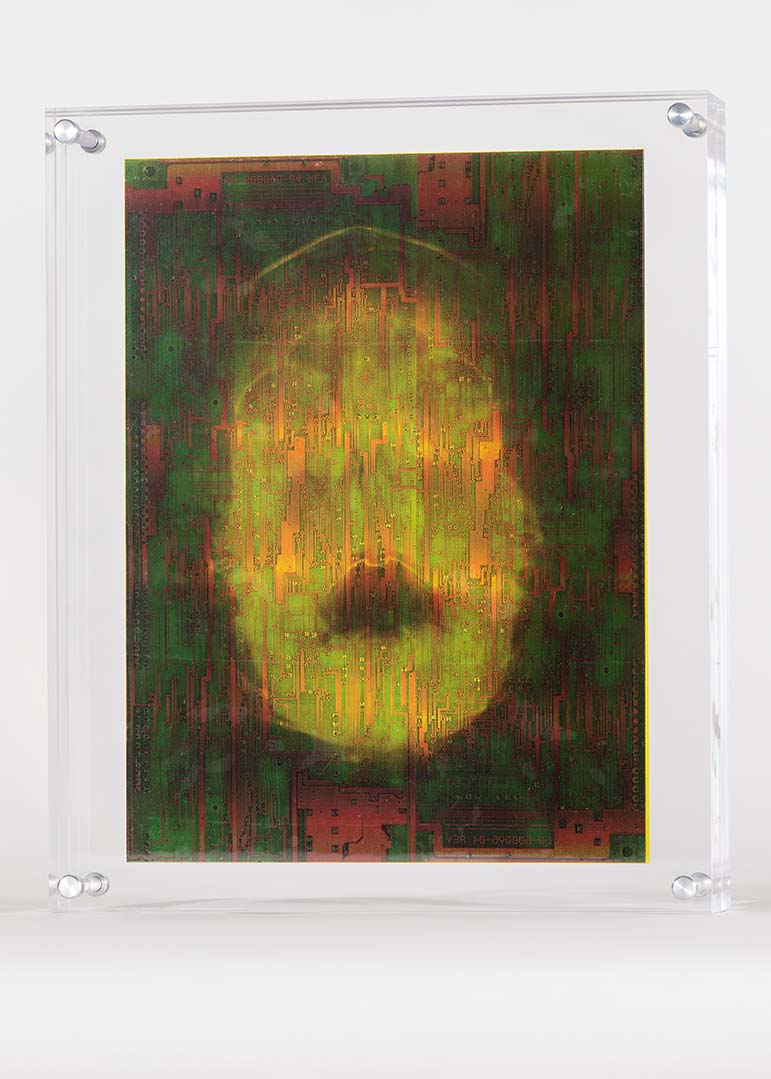Jo Sandman: The Restless Spirit
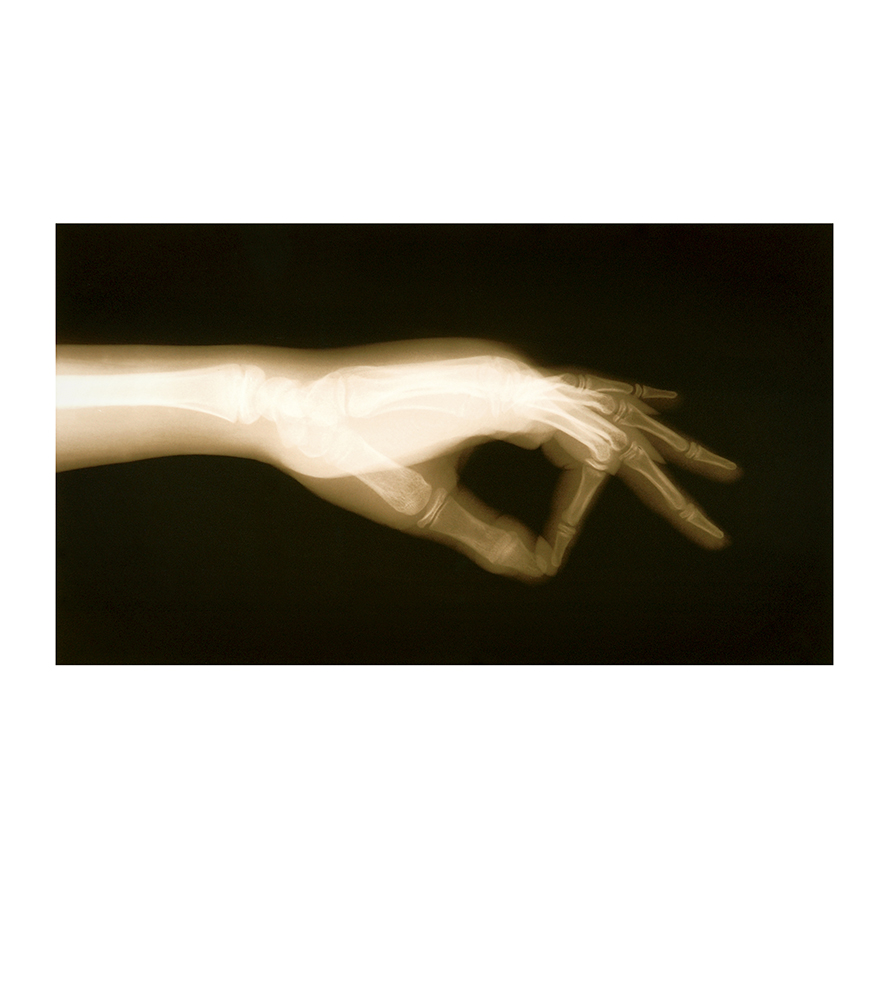
©Jo Sandman, Light Memory #2, 2006, sepia-toned silver gelatin print, 16” x 20”. Gift of the artist, 2019.87.2.
Jo Sandman: The Photographic Work on view until June 7, 2020 at the Fitchburg Art Museum explores Jo Sandman’s turn to photography in the 1990s. Over the course of the last three decades, Sandman has grounded her photographic images in the human figure, mortality, and the tensions between the material and the spiritual. Her photography is characteristically experimental—she employs both antique nineteenth-century photographic processes alongside contemporary medical and digital imaging techniques to create poetic and disquieting images. Sandman’s meditations on the intangible, the uncanny, and the transformative power of art-making tie to themes explored in FAM’s concurrent exhibition, After Spiritualism: Loss and Transcendence in Contemporary Art.
This exhibition is made possible by a generous gift of the artist, Jo Sandman. As a result of this gift, the Fitchburg Art Museum has acquired over 70 photographs by Sandman, the largest collection of the artist’s photography internationally. Sandman’s rich body of photographic work expands the reach of FAM’s extensive collection of photography.
Jo Sandman: The Photographic Work is organized by Director Nick Capasso and Terrana Curatorial Fellow Marjorie Rawle.
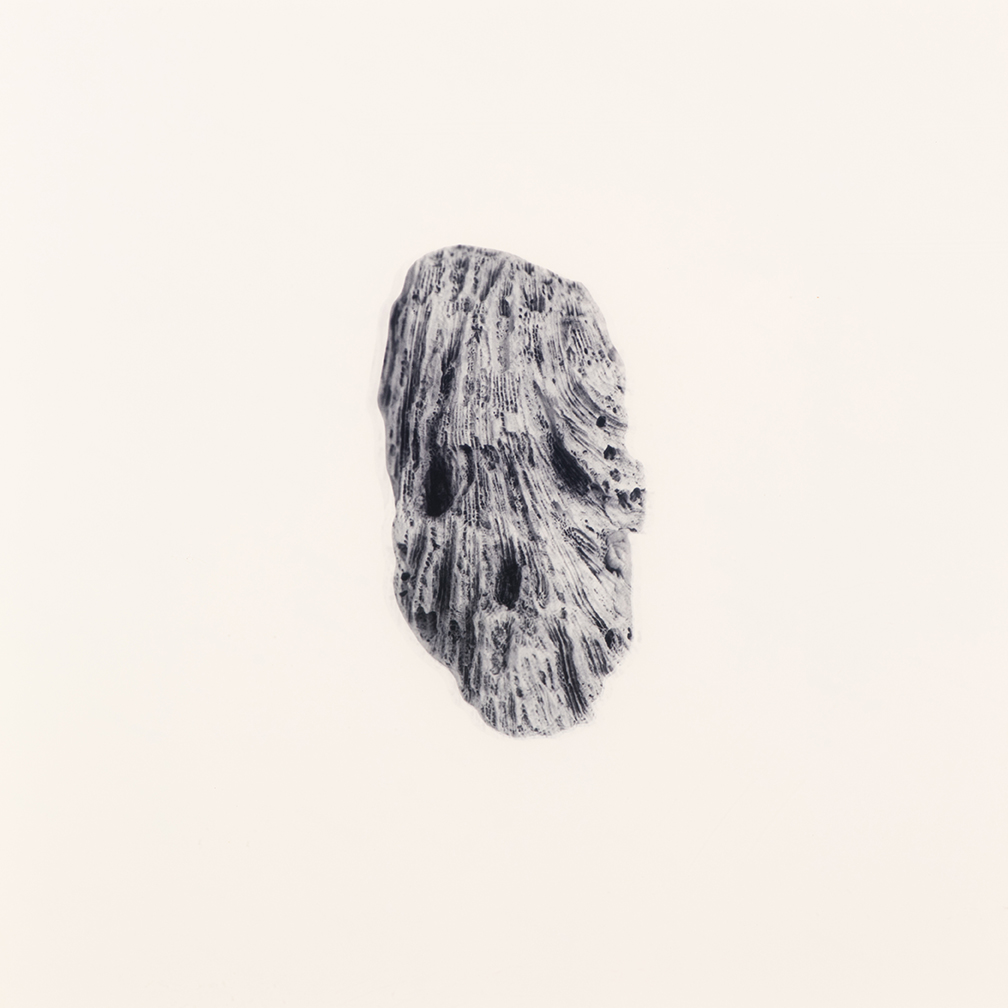
©Jo Sandman Double, 2001 transparent Lambda print over C-print 23” x 23” x 2” Gift of the artist, 2019.22
Originally trained as a painter, well-known Boston artist Jo Sandman’s practice has explored painting, innovative drawing, experimental sculpture and installation, and most recently photography. She studied with Hans Hofmann and Robert Motherwell at the University of California Berkeley and Black Mountain College near Asheville, North Carolina. Sandman’s work is included in the permanent museum collections of the Addison Gallery of American Art, Dallas Museum of Fine Arts, Massachusetts Institute of Technology, and the Rhode Island School of Design, among others. She has been awarded a Massachusetts Artist Fellowship, a Mary Ingram Bunting Fellowship at Harvard University, a Boston Society of Architects Citation for Excellence, and an IAAC Award for Best Mid-Career Show in Boston for the exhibition Jo Sandman: Once Removed at the Danforth Art Museum in 2008. She has received grants from the NEA and the Rockefeller Foundation. She has taught at Wellesley College, The Art Institute of Chicago, Massachusetts College of Art and Design, and many other visiting artist posts.
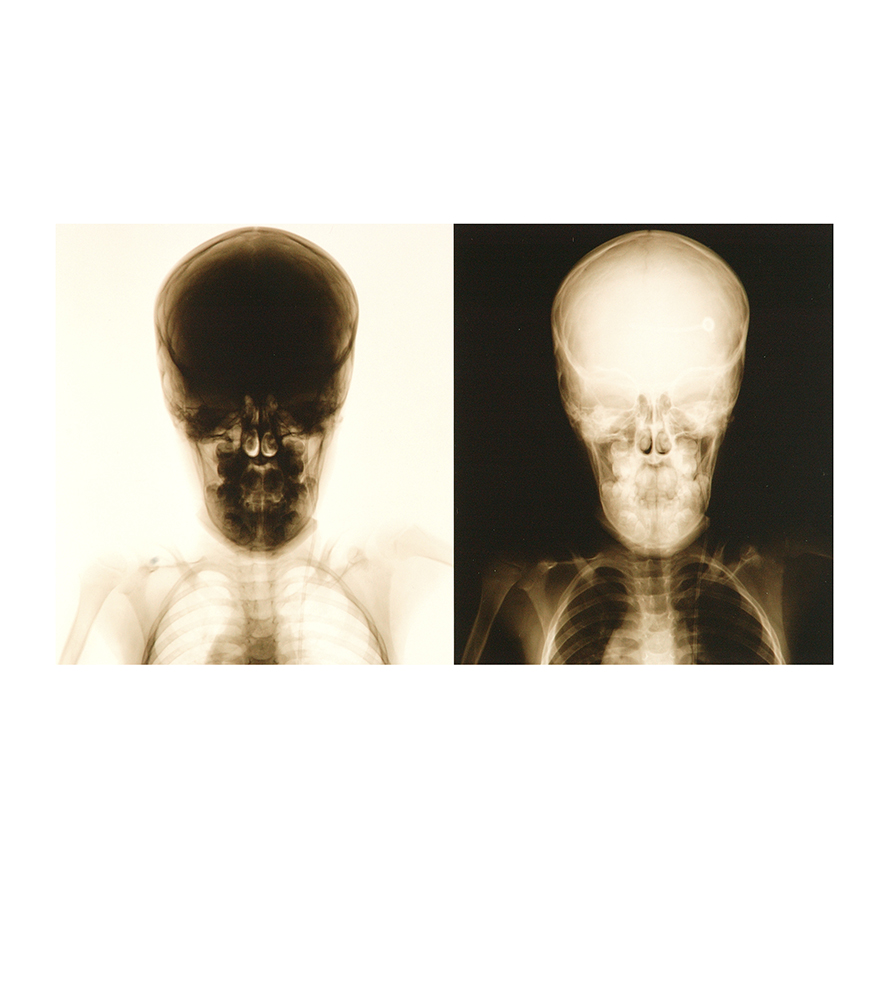
©Jo Sandman Light Memory #33, 2006 sepia-toned silver gelatin prints 16” x 20” Gift of the artist, 2019.26.7
The Restless Spirit by Olaf Willoughby
Jo Sandman’s photography, hovering delicately between material and spiritual versions of the human form, is both innovative and imaginative. In this post, we explore her journey through painting and drawing and her major artistic influences to help understand the intriguing works on display at ‘Jo Sandman: The Photographic Work’ at the Fitchburg Art Museum.
Sandman arrived at photography by an unusual route. Her creative influences started at the legendary Black Mountain College and include some of the great names of American art; Motherwell, De Kooning, Rauschenberg. During her artistic development, Sandman combined these experiences with her own appetite for experimentation with processes and materials (everything from military duck cloth, automotive radiator hoses, interior insulation foil, painters drop cloth and black rubber).
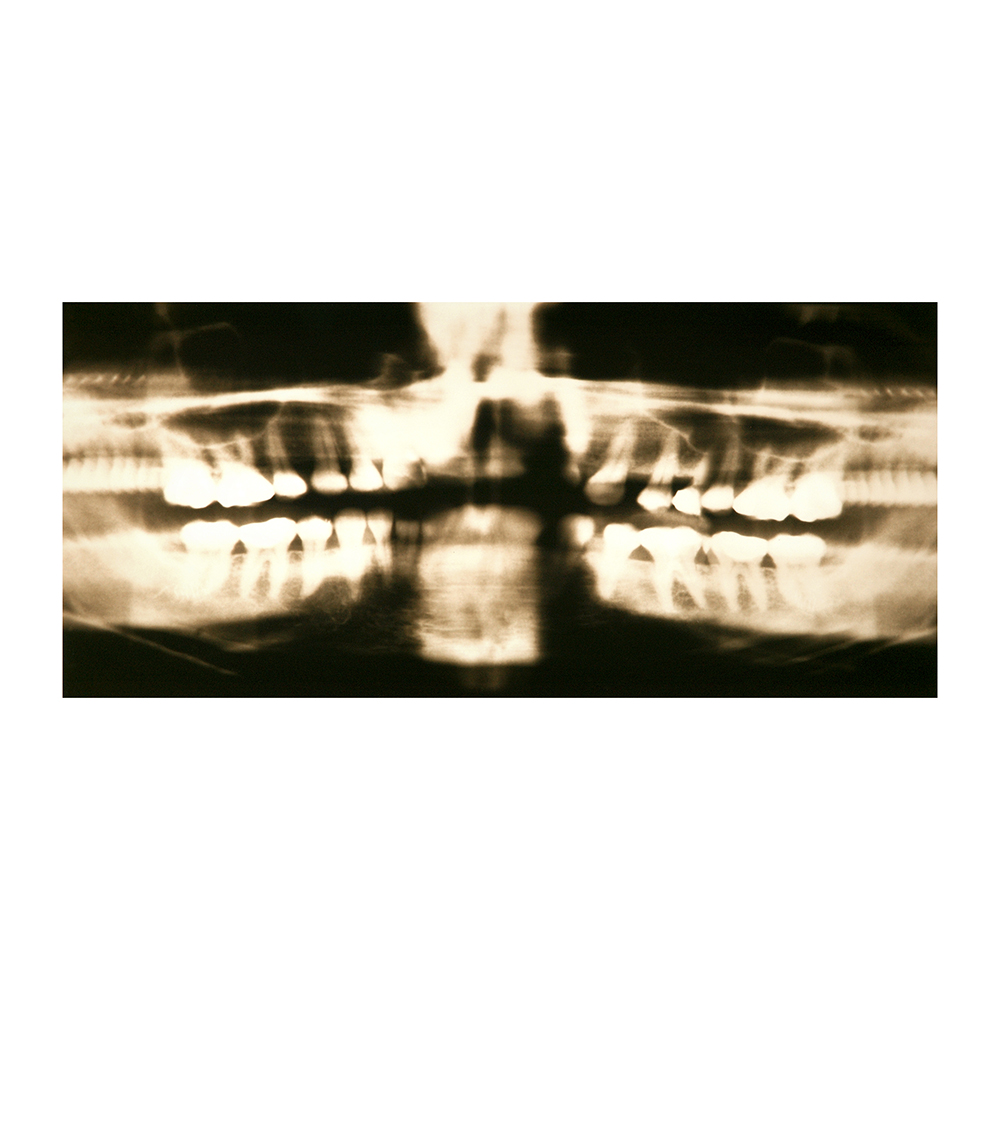
©Jo Sandman Light Memory #38, 2006 sepia-toned silver gelatin prints 16” x 20” Gift of the artist, 2019.26.8
By the mid 1990’s, when Sandman switched completely to photography, she arrived with a creative voice and a toolset of techniques, which had already blossomed in other art disciplines.
The exhibition comprises 16 ethereal pieces all hinting at organic or human forms. Sandman uses found objects like stones or x-rays which she transforms through internegs. These are enhanced by various combinations of antique processes and contemporary medical and digital imaging techniques such as Light Tracing and Thermal Drawing. The overall effect is that of a meditation on the human journey.
We learn more about Sandman’s artistic journey from her own written response to questions submitted by this writer.
Looking at her background, I can see Sandman is truly an interdisciplinary artist. She experimented with many different types of media before arriving at photography.
Can you tell us more?
“Well before arriving at a point where I would work with photography, my career as an artist consisted of a number – a series – of approaches. At the start, I began painting initially in a course at college. Then I found at Black Mountain College, which I attended in several summers in the early fifties, an impetus to take painting really seriously. Creativity was surging in the air there and painting was clearly an important option.
When I went to New York City in the mid fifties I was strongly influenced by getting to know Robert Motherwell and his work during a seminar he was teaching in the evening at New York University. It didn’t involve actual painting but was about painting. He discussed various painters and their paintings and critiqued their work in a positive manner. He also familiarized us with the thinking of contemporary living critic’s opinions of current art. It provided me with a sound philosophical basis with which to view and think about painting and art.
Subsequently, I enrolled in the Hans Hoffman School of Painting on 8th street in Greenwich Village. Mornings we’d work from a life model, drawing from the figure not in any literal traditional sense but in seeing the figure as a focus, a virtual object which defined the spatial aspects of the composition. We did this through drawing in an essentially abstract manner to define the contours and depths of the composition. This was related to Cubism in spirit and in the way we employed straight lines intercepting to establish the “push and pull” of the work. Curved lines were not used. Charcoal was the medium. Hoffman would circulate around the studio to critique each drawing. Afternoons were spent painting an interpretation or transformation of our morning compositions.
After a period of time, which I spent waitressing and earning a living in various ways, I left Greenwich Village and moved to a space on 34th Street. I lived with a painter from California – Phyllis Manley. We painted together and I learned a great deal from her. Also the New York art world and its artists were a supportive element. Artists there included Willem De Kooning, Arshille Gorky, Robert Motherwell etc.
Subsequently, I moved to San Francisco and settled in Berkeley where I took a painting course at UC Berkeley and also earned a Master’s Degree in Art. My work really began to take shape at this time and was influenced by the work of Richard Diebenkorn and Paul Wonner. It was abstract and somewhat Cubist in spirit. I used a selection of color from the spectrum of available pigment colors in oil paint. Later I used a sparing amount of house paint and also used Magna pigment, which was a fast drying pigment with a more matt finish. For the next decade throughout the sixties I became a dedicated Abstract Expressionist painter.
In the early seventies I became interested in using materials that were not expressly used for making art. These included military duck cloth, which had a very crisp aspect which I folded and pressed into geometric shapes. Another material I used were automotive radiator hoses, which I filled with plaster of Paris and then cut into them with power tools to expose the white plaster. I also used interior insulating paper to extract a drawing from the core of the material. I became fascinated by house painter’s drop cloths which presented me with an array of different “found paintings” which I then cut up and formed into a series of drawings.”
Finally are there any other contemporary artists whose work she finds interesting and would like to highlight for our readers?
“I particularly like the photographic work of Vik Muniz and Daido Moriyama. Even though they are not contemporary artists, I’ll also mention that I admire the work of Alfred Stieglitz and Laszlo Moholy-Nagy”.
It is difficult to summarise a life’s work that is so diverse so I’ll end with a quote from Sandman which describes process and yet encompasses the feeling that lies behind so much of her art. “ “These [Thermal Drawings] reference my earlier work as a painter and process artist. Through the use of a heat source I am able to record my hand flying over the surface of facsimile paper. These drawings are then scanned and output as large archival digital pigment prints. While my work with x-rays is preconceived and exacting, these drawings are spontaneous. They spring from an impulse to use unimpeded gesture to create a celebration of life.”
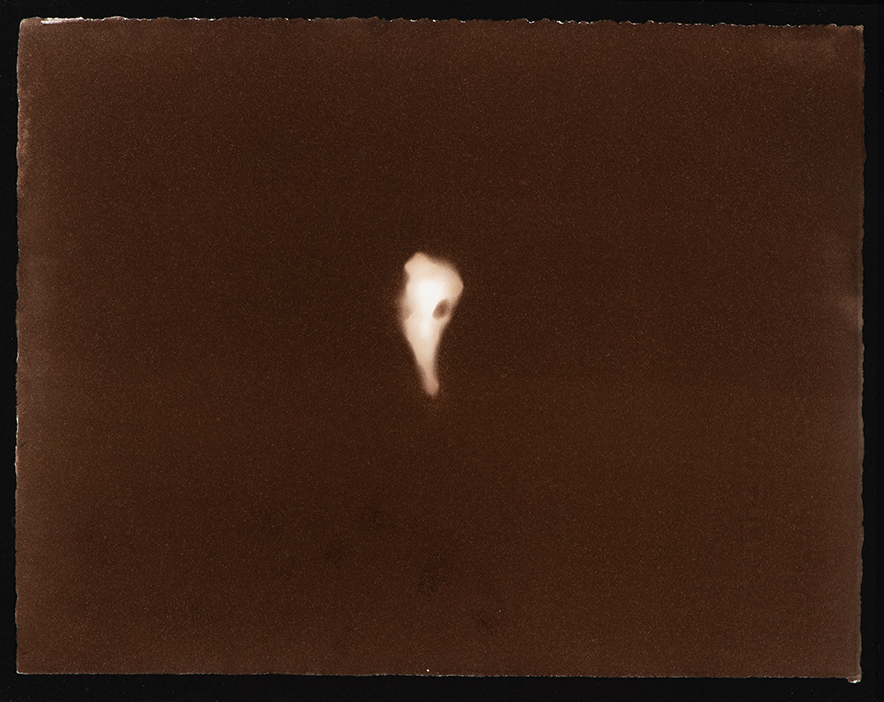
©Jo Sandman Memento Mori #3, 1998 Van Dyke Brown photogram on Arches watercolor paper 11” x 13.5” Edition 4/5 Gift of the artist, 2019.7.5 Photo credit: Charles Sternaimolo
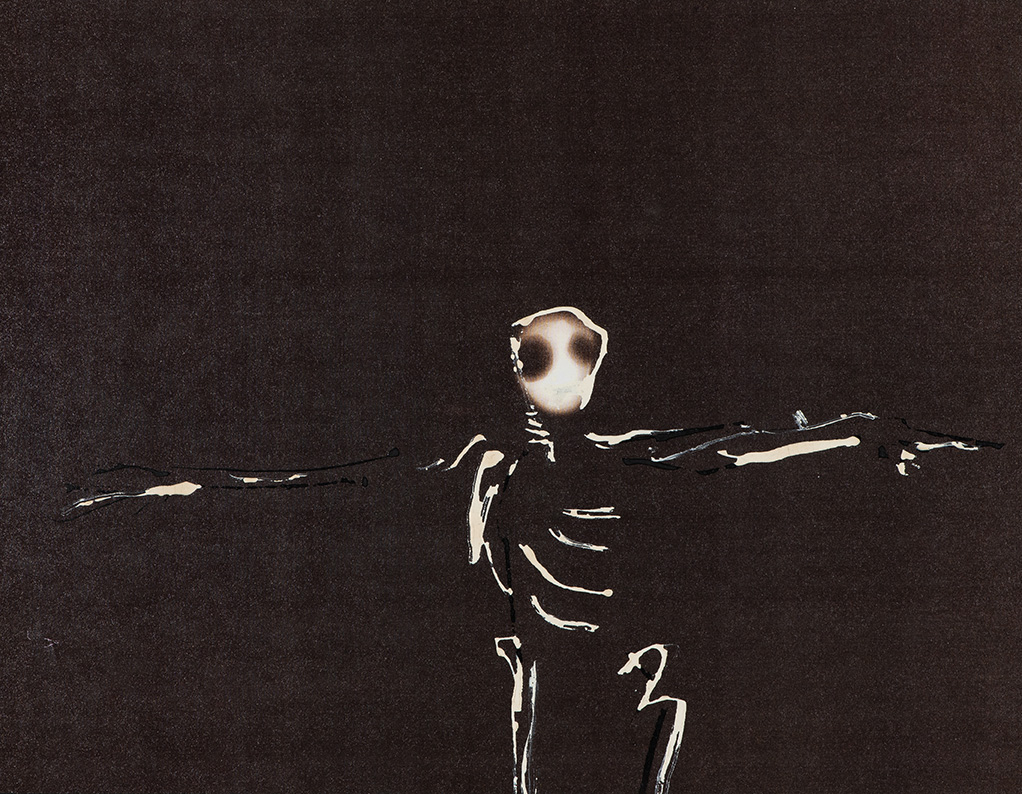
© Jo Sandman Metamorphose #13, n.d. (c.1997) conte crayon on Van Dyke brown photogram 10 3/4” x 13 3/8” Gift of the artist, 2019.8.4 Photo credit: Charles Sternaimolo
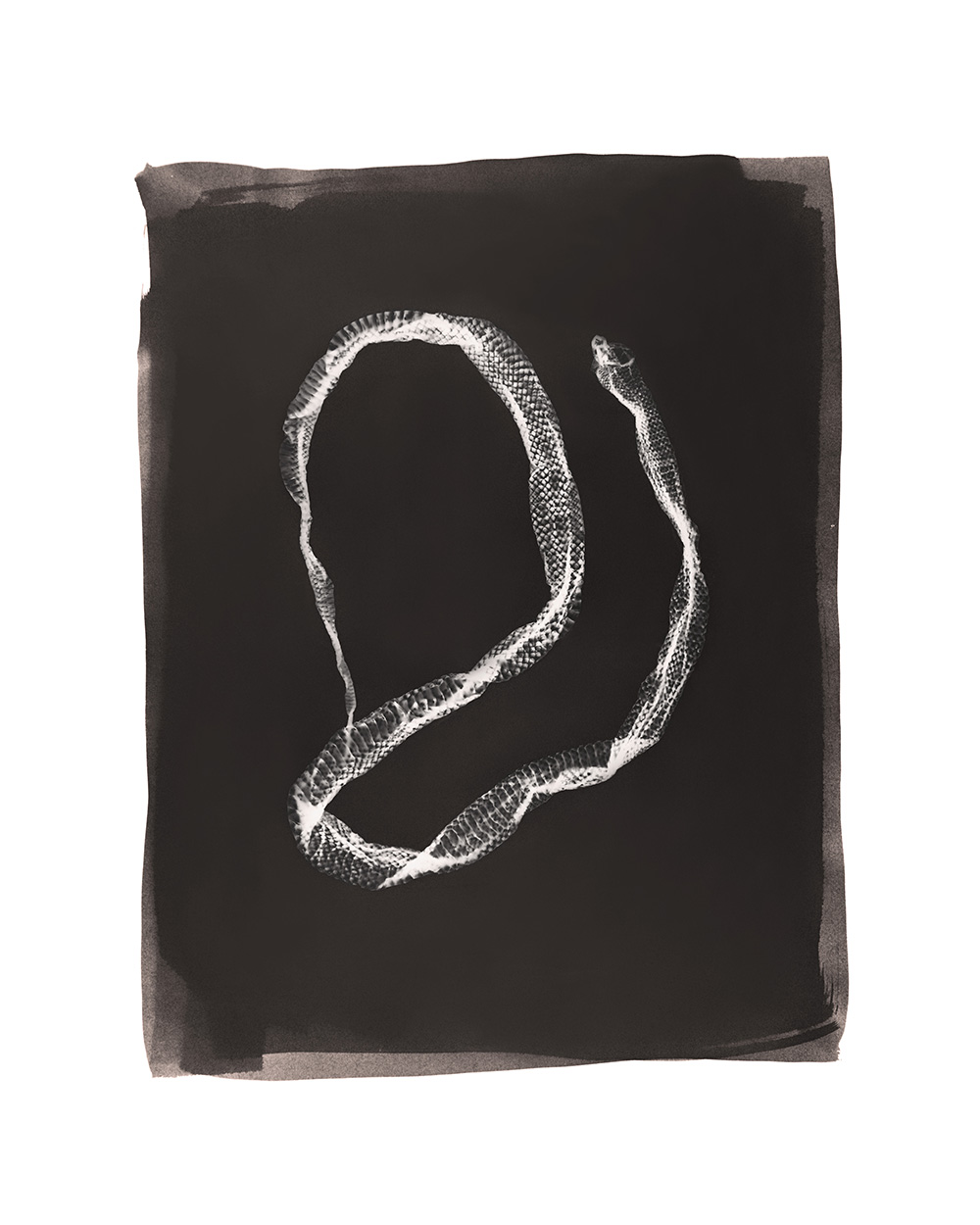
©Jo Sandman Serpent #1, 2012-2014 platinum/palladium photograms translated into digital prints 40” x 36” Gift of the artist, 2019.30.1
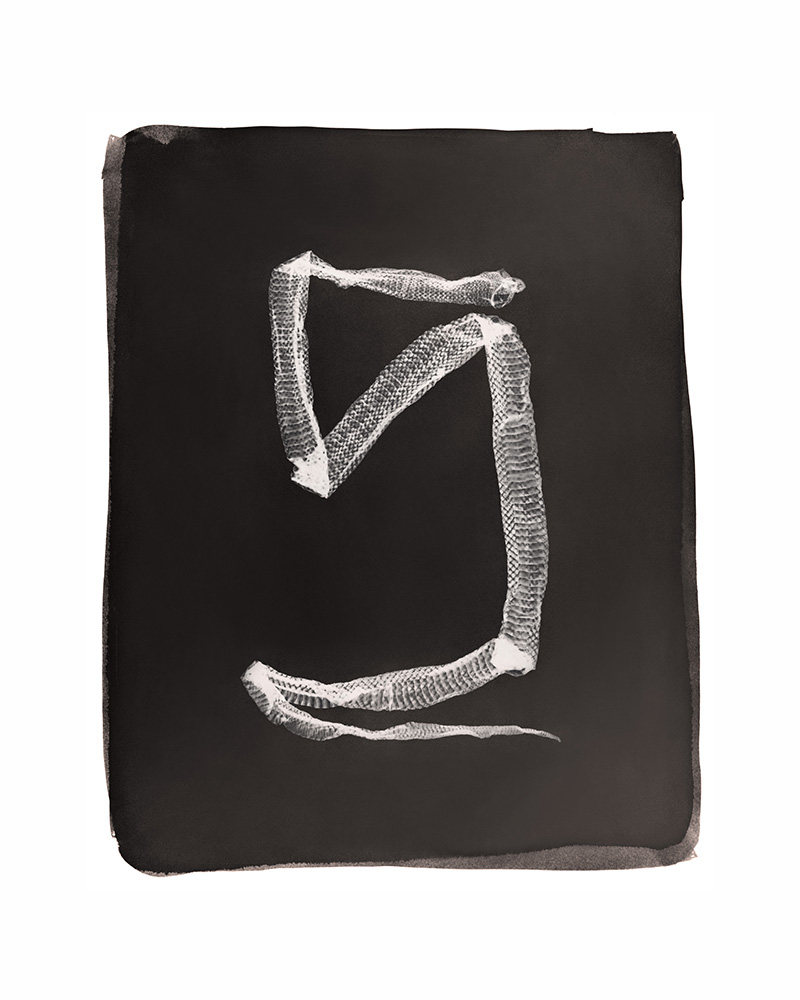
©Jo Sandman Serpent #4, 2012-2014 platinum/palladium photograms translated into digital prints 40” x 36” Gift of the artist, 2019.30.2
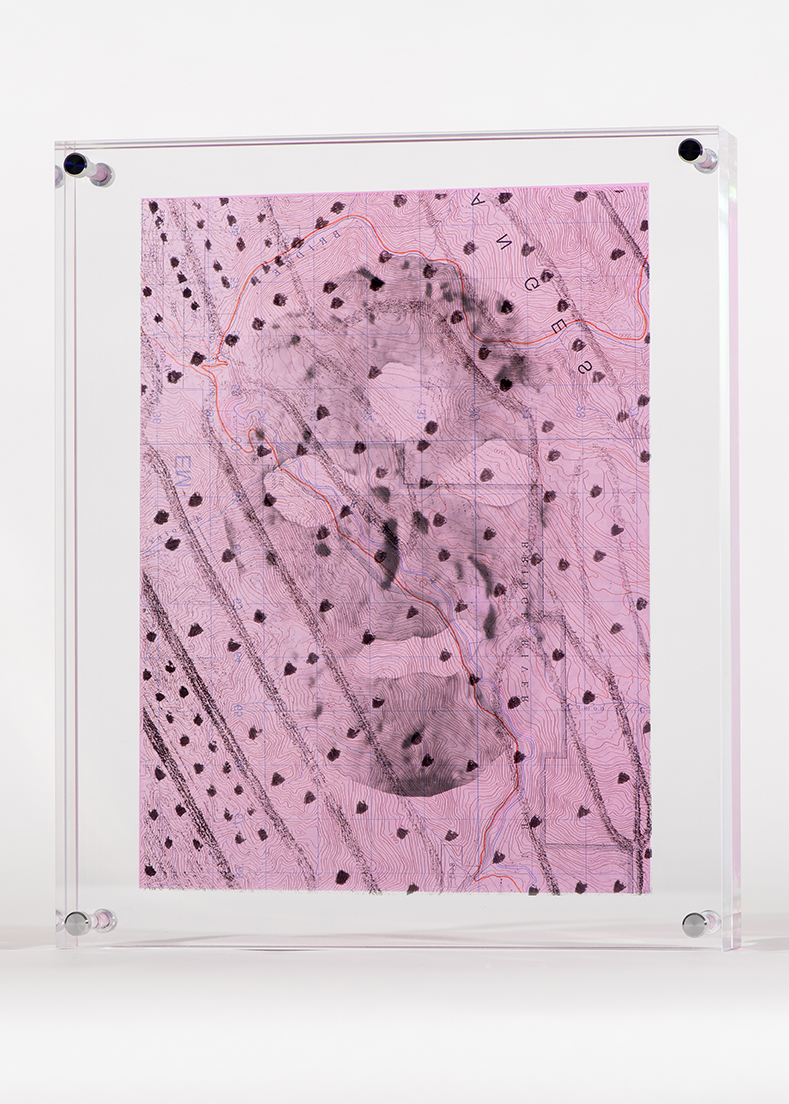
©Jo Sandman Transmission XIX, c. 2013 photomontage on acetate 12” x 10” x 2” Gift of the artist, 2019.29.1 Photo credit: Charles Sternaimolo
About FAM
FAM Mission: The Fitchburg Art Museum is a catalyst for learning, creativity, and community building. We accomplish this mission with art historical collections and exhibitions,
special exhibitions of contemporary New England art, education programs, public art projects, community partnerships, and creative economy initiatives.
FAM Vision: All decisions, initiatives, projects, and programs at the Fitchburg Art Museum reflect our commitment to education and the greater community.
The Fitchburg Art Museum serves the cities of Fitchburg and Leominster and the surrounding communities in North Central Massachusetts and Southern New Hampshire. Founded in 1925, FAM plays a vital role in the cultural life of the region and has recently repositioned itself to focus on community access and service. FAM uses its artistic and educational resources to aid in the economic revitalization of Fitchburg, and the Museum maintains active educational partnerships with the local school systems, as well as Fitchburg State University. FAM is an engine for creativity, education, community building and fun!
Posts on Lenscratch may not be reproduced without the permission of the Lenscratch staff and the photographer.
Recommended
-
Salua Ares: Absense as FormNovember 29th, 2025
-
Ricardo Miguel Hernández: When the memory turns to dust and Beyond PainNovember 28th, 2025
-
Pamela Landau Connolly: Columbus DriveNovember 26th, 2025
-
KELIY ANDERSON-STALEY: Wilderness No longer at the Edge of ThingsNovember 19th, 2025
-
Jackie Mulder: Thought TrailsNovember 18th, 2025

